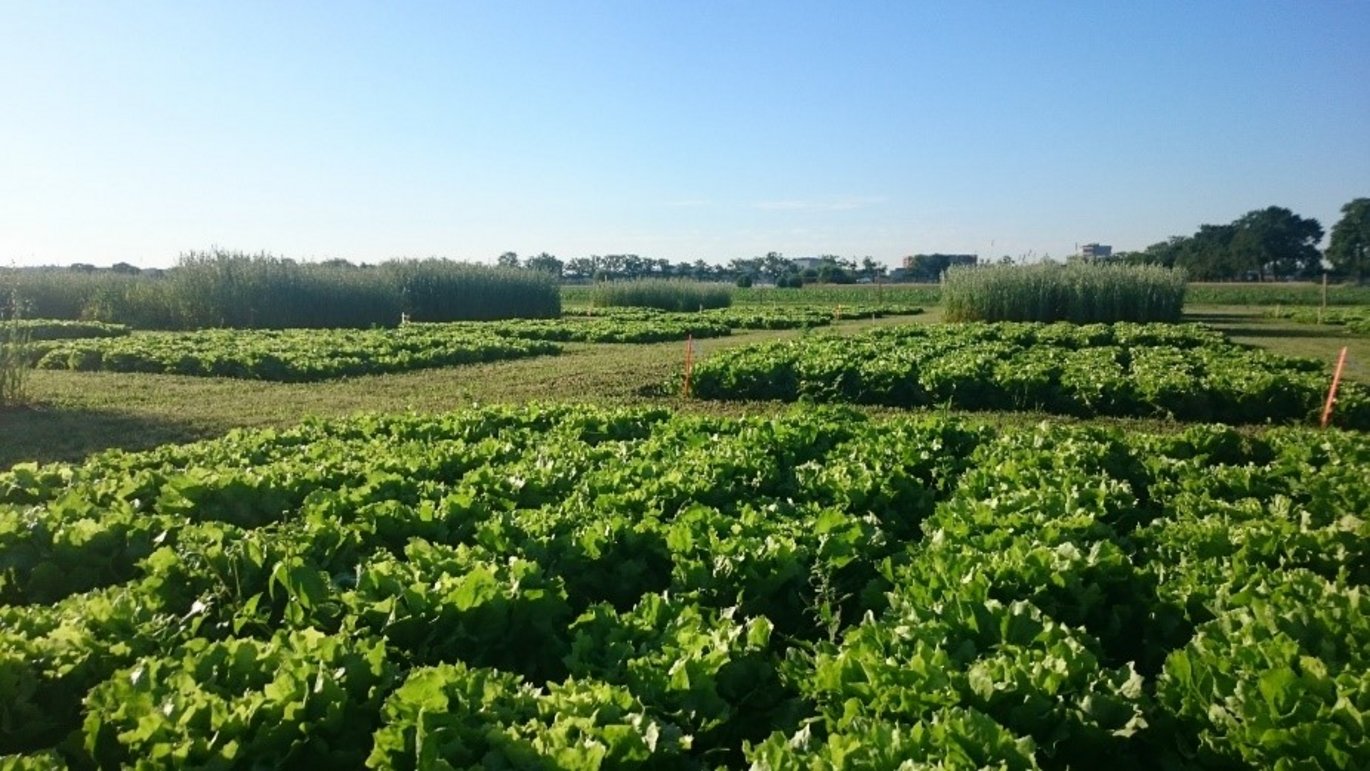Does crop diversity matter?
This is the main question that the EJP SOIL project EnergyLink is aiming to answer. The project is Linking Crop Diversification to Microbial Energy Allocation and Organic Carbon Storage in Soils.

The EU Common Agricultural Policy reform promotes a policy of sustainable intensification of agricultural land by for example crop diversification. However, in agricultural systems, little is known about whether crop diversification enhances carbon sequestration, a key ecosystem service of societal concern in relation to climate change and maintenance of soil fertility.
The EJP SOIL funded project EnergyLink seeks to understand the link between crop diversity and the processing of organic carbon in soils across a pan-European pedo-climatic gradient.
Via photosynthesis, crops convert light energy into chemical energy, and they remove carbon dioxide from the atmosphere. Soil microorganisms are the biological engine of the Earth as they process organic carbon inputs, and thus they drive carbon dynamics and persistence in soils. The overarching premise of EnergyLink is that greater crop diversity results in a more efficient microbial use of carbon, thus enhancing the potential of soils to store carbon. The underlying mechanisms will be elucidated by combining molecular level methods into a bioenergetics framework. Data will inform models describing the turnover of soil organic carbon and implement the results in future climate scenarios. In a wider perspective, the project aims to provide policy relevant data on which to base future Common Agriculture Policy instruments and contribute to the development of carbon farming.
In April 2022, it was time for the first soil sampling campaign. Soil samples were taken from long-term field experiments in Lusignan (France), Clever cover cropping (The Netherlands) and Mellby (Sweden). The field site at Lusignan was established in 2005 and consists of a crop-ley rotation that is compared to a conventional rotation with maize, barley and wheat. The Dutch and Swedish sites were established in 2016 and 1983, respectively. Both sites include cover crops into the cropping system, the Dutch site is including up to three species mixtures (radish, vetch and oat), and the Swedish sites cultivates perennial ryegrass and clover as cover crops. Soil samples were posted to partners, and sample analyses are now on the way.
EnergyLink partners: SLU Sweden, WUR The Netherlands, TI Germany, BOKU/BIOS, Austria, INRAE France, Slovenia, CNR Italy and CSIC Spain)
Within EJP SOIL, EnergyLink is closely collaborating with MaxRoot-C, MixRoot-C and AGROECOSeqC.
Project internet site: https://ejpsoil.eu/soil-research/energylink
Project Coordinator: Anke Herrmann, Soil Nutrient Cycling Group, Department of Soil & Environment, SLU, Sweden. Anke.Herrmann@slu.se
Project Communication Representative: Laura Martinez Garcia: laura.martinezgarcia@wur.nl